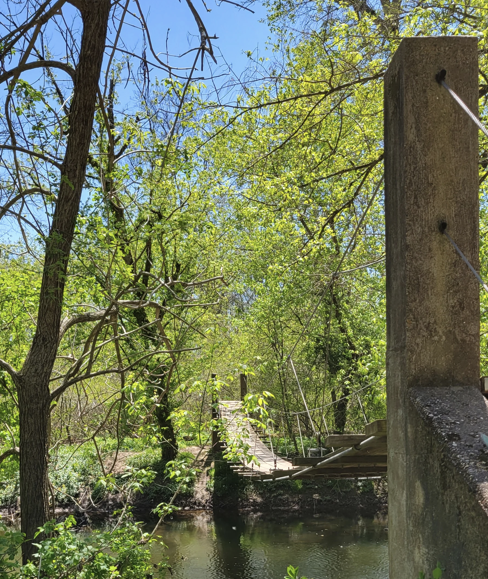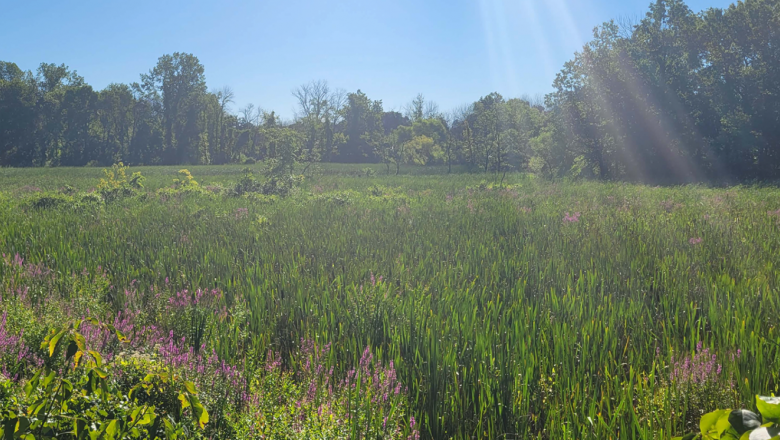
This makes modest work carried out by stewards like Winifred Spar and the Friends of Roger’s Wildlife Refuge immensely valuable. The Friends of Roger’s Refuge have tended to Princeton, New Jersey’s preserved marsh less than a mile away from the town’s pre-eminent campus for the last 55 years. They’ve built and reinforced bridges and towers, hacked away at invasive plant species and replanted natives in their place, cleaned trash, and advocated for the continued protection of Roger’s Wildlife Refuge.
The Refuge has long been considered the premier site for birding across the state of New Jersey, but these days it doubles as an active site for wildlife education to outdoor enthusiasts of all ages. As bird populations rebound in the refuge, visitors, new and old, marvel at the sights and sounds long absent in the marsh. The Friends of Rogers Wildlife Refuge’s work demonstrates that a powerful solution to otherwise intractable issues is focusing on the wild spaces closest to home and encouraging our neighbors to do the same.

